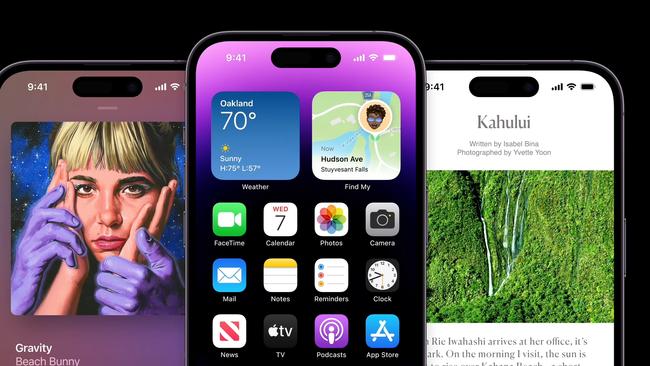
Big Tech’s interconnected – but closed off – services covering everything from smartwatches, smart speakers, cloud storage and app platforms such as the App Store and Google Play could be delivering competition issues and potentially harming consumers, says Australian Competition & Consumer Commission chair Gina Cass-Gottlieb.
And with Microsoft rolling out an AI-powered search engine on the back of the success of ChatGPT, the competition regulator wants to get across the implications before it becomes too big.

Essentially, the theory is that once you have the iPhone or Android device, you are compelled to go to their platforms for services such as cloud storage, app purchases, payments and everything to come with it.
It’s an ambitious probe by the ACCC and marks the first time a regulator has attempted to put the entire digital ecosystem under the spotlight. And this could make for some uncomfortable moments for the Silicon Valley tech giants.
Where the Australian regulator has broken new ground with digital giants, others regularly follow – particularly in the US.
It was Apple founder Steve Jobs who saw the potential of the digital ecosystem when he reinvented the Mac and launched the now-defunct iTunes in 2001. Here the Apple device was at the centre and all the services generated lucrative recurring revenues. Today, Apple is the biggest listed company in the world with a market cap of $US2.4 trillion ($3.6 trillion).
Global spending over Android (Google) and Apple’s app stores came in at $US129bn last year, with the majority of this sold over Apple’s iOS platform.
Apple generates a 30 per cent cut on app sales, while Google, which last year shook up payments, generates a 15 per cent cut. Significantly, Apple doesn’t allow third-party payments to be processed for in-app purchases, which also gives the tech major another payments revenue stream. This has seen players such as audio streaming service Spotify attempt to limit selling a range of audiobooks inside its iOS app because of the steep fees.
Spotify and Google have come to a deal allowing user choice for payments under a trail program. This in theory means more funds can ultimately flow back to producers of content sold via Spotify.
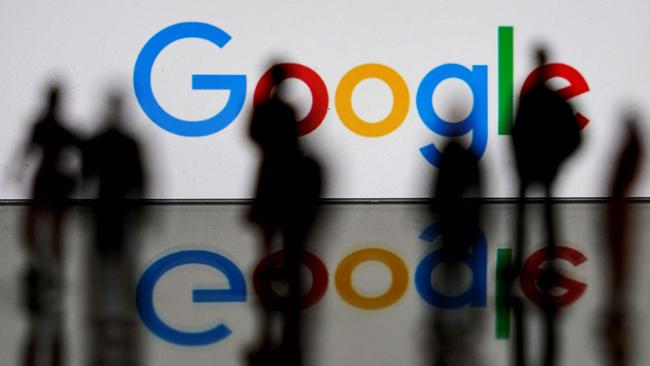
Among areas the ACCC will look at is how the tech giants bundle products together; tying, where one service is conditional on the provision of another; and self-preferencing, where a platform gives preferential treatment to its own products.
The report will consider smart speakers and watches, cloud storage, app platforms as well as the rapidly evolving artificial intelligence, and virtual and augmented reality. Streaming services Apple TV and Amazon Prime are also expected to come under scrutiny.
Apple TV is preloaded into iPhones and Amazon offers a bundle service with its online marketplace.
The ACCC says it is going into the investigation with an open mind. For example, it could be argued that one ecosystem is competing directly against another. But it is expected to show that multiple layers within an existing ecosystem gives consumers little choice. The ACCC will submit its report, which forms part of its ongoing probe into tech platforms, to Jim Chalmers by the end of September.
Lowe lifts pause hope
The Reserve Bank’s Philip Lowe doubled down on his dovish stance during a speech on Wednesday, even volunteering in his prepared notes the prospect of a “pause” in the wave rate rises over the past year.
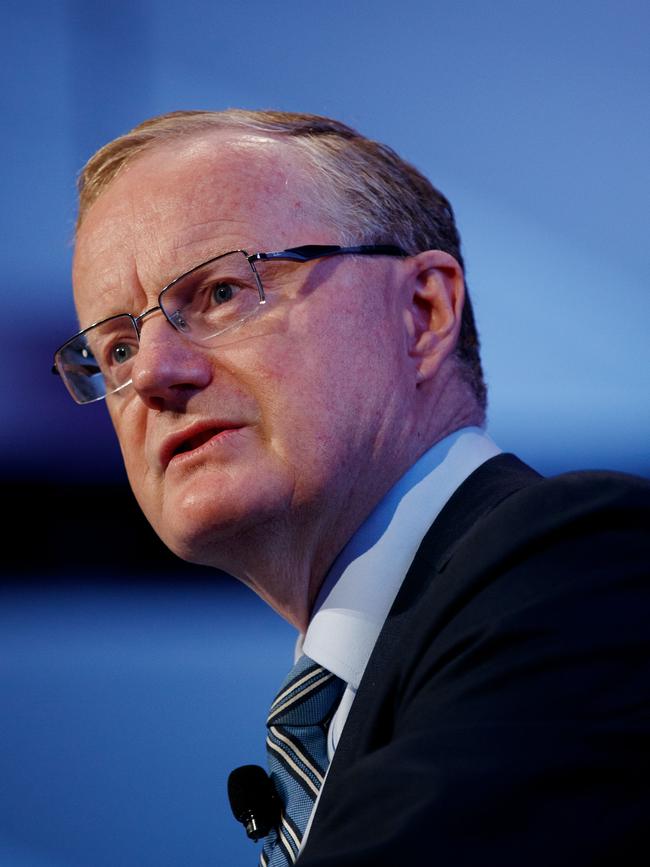
While the central bank governor wasn’t specific on timing, the market is cautiously moving to a position where it believes the RBA could sit on its hands next month. Although it is still betting for another rate hike to follow in the months after.
But what exactly will be needed to bolster the pause case and give borrowers a chance to catch their breath?
Lowe says it all comes to four points of data all covering the month of February and to be released in coming weeks.
These are labour force numbers (March 16); retail trade (March 28); NAB business survey (March 14); and the monthly inflation data (March 29).
If collectively the data shows momentum in the economy is slowing the RBA will pause. While retail sales are expected to continue to fall off, the one to watch will be jobs data with economists actually tipping a strong bounce in employment. This would be a bad outcome for the pause case. Resilience in retail trade numbers – and Myer releases its December half numbers on Thursday – would make another hike all but certain for April.
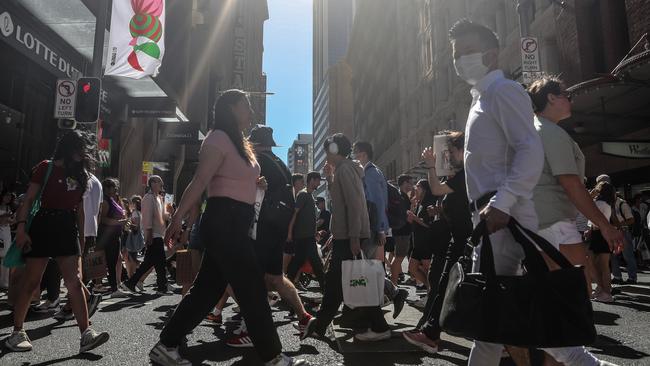
Still, Lowe says the cumulative effects of the rate rises since last May are clearly slowing the economy.
“We’ve done a lot in a short period of time, and at some point, it’s going to be appropriate to sit still and assess the collective effects of that,” he told a business conference in Sydney.
Amid all the talk of a pause this is not the end of the rate hike cycle. Lowe spelt out the case that the cash rate is still on track to rise in order to combat inflation which he says is still too high through the economy. But how much we don’t know exactly although the market expects it to top out at between 3.85 per cent and 4.1 per cent – suggesting one or two more hikes to come.
‘Big unknown’
The one big unknown in the RBA’s rate hike path comes from the experience offshore.
Global markets were shaken overnight by the prospect that the powerful US Federal Reserve could be forced to revert to bigger interest rate rises to fight inflation which appears to be picking up again spurred on by faster-than-expected jobs growth.
The US central bank headed by Jerome Powell has been more aggressive in its efforts to curb soaring inflation with the main interest rate now between 4.5 per cent and 4.75 per cent. On Tuesday the RBA moved 25 basis points to 3.6 per cent.
This gap underscores that perspective is needed around the political sniping directed at Australia’s central bank. Many economies are battling inflation and Australia – while late to fighting inflation – is at the mid-to-lower end of the pack.
The prospect of that rate gap widening between the US and Australia was also behind the plunge in the Aussie dollar, which suffered its biggest fall in a month as it pushed below US66c.
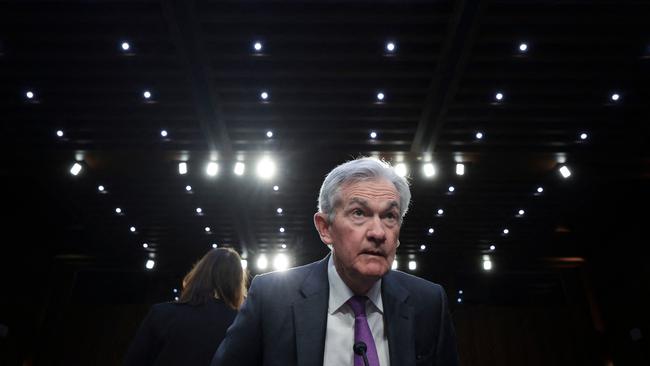
The lessons from the Federal Reserve are obvious for the RBA: There could be major reputational damage for Lowe if he is seen to have blinked in the fight against inflation too early. If it looks as though inflation is starting to climb again here or the economy picking up too much, the RBA will be forced to resume its super-sized rate hikes, a move that would really hammer consumer and business confidence.
Lowe is acutely aware of this but also pointed out some key differences between Australia and the US. Notably the property market here is dominated by variable mortgage rates which vastly speeds up the transmission effect of rate rises. He also said there seems to be some capacity in the jobs market here with little evidence of an inflationary wages breakout.
Still we are by no means in the clear. If Australia doesn’t respond to the rate rises so far and inflation starts getting away again, there’s only one way this story ends: “Even higher interest rates and more unemployment,” Lowe warns.
Macquarie’s US push
Newly-published book Inside The Millionaire’s Factory charts the rise of Macquarie Group and outlines how the US market has become the growth centre for the Australian investment bank.
The book, written by my colleague Joyce Moullakis and journalist Chris Wright, points out that it’s not just in New York. But Macquarie is on the ground across middle America “in the weeds” with exposure to all kinds of local assets from telco infrastructure to energy and freight terminals.
This makes it worthwhile to keep an eye on a whistlestop US investor tour unfolding this week where Macquarie Asset Management boss Ben Way has been spelling out where the next wave of opportunities are to be found. And Joe Biden’s $US369bn ($561bn) package of green incentives under the Inflation Reduction Act looms as one of the biggest.
Here Macquarie is positioning its Europe-focused Green Investment Group to play a much bigger role in funding for emerging clean technologies. Macquarie is looking at the entire green value chain from developing core renewables such as solar and wind energy to what it describes as “beyond renewables” covering carbon capture and storage, forest management and waste to biofuels projects.
Biden’s IRA package will spur greater investment and significantly reduce costs of generating renewable energy, “accelerating opportunities in the US”, Macquarie’s Way says.
In addition to green energy, Macquarie is bulking up investments across all parts of infrastructure from aviation services, data centres, waste management as well as healthcare and education. Macquarie is already one of the biggest infrastructure players in the US with more than $US232m in assets under management.
johnstone@theaustralian.com.au






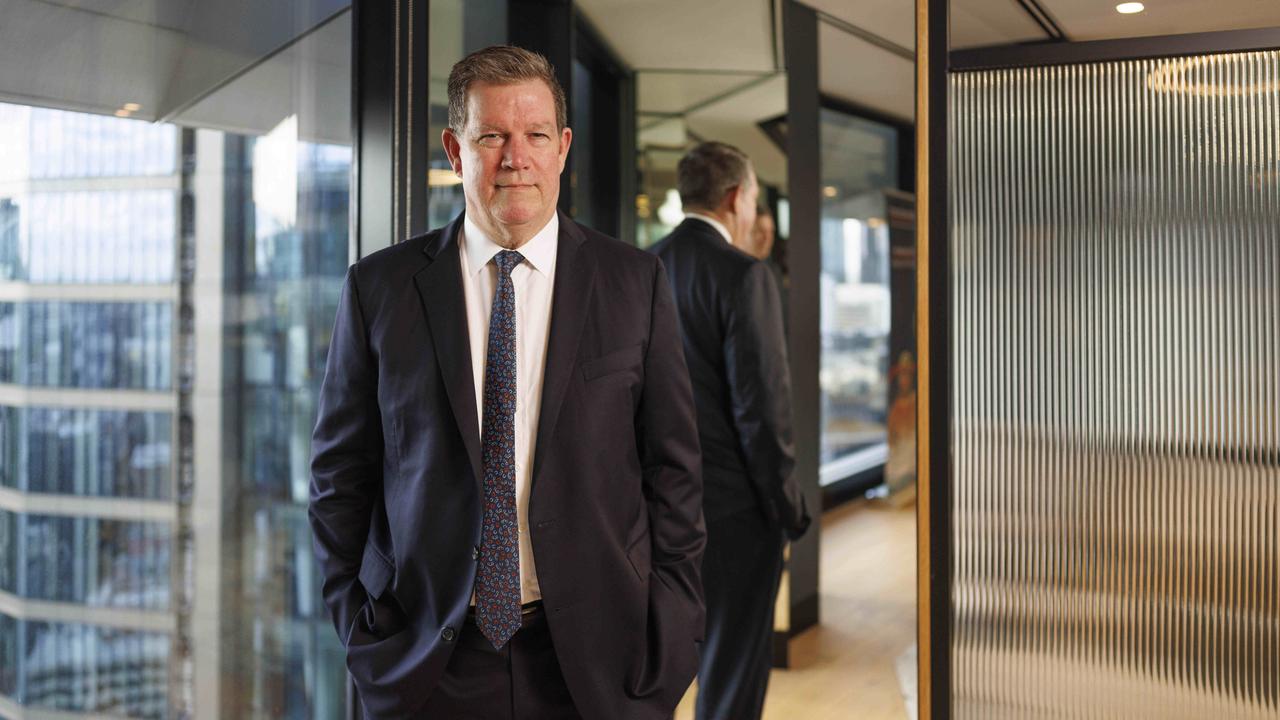
A new probe into Big Tech threatens to go to the heart of the business model of Apple, Google owner Alphabet, Facebook’s Meta and Microsoft, with their creeping interests of services across “digital ecosystems” to come under scrutiny.